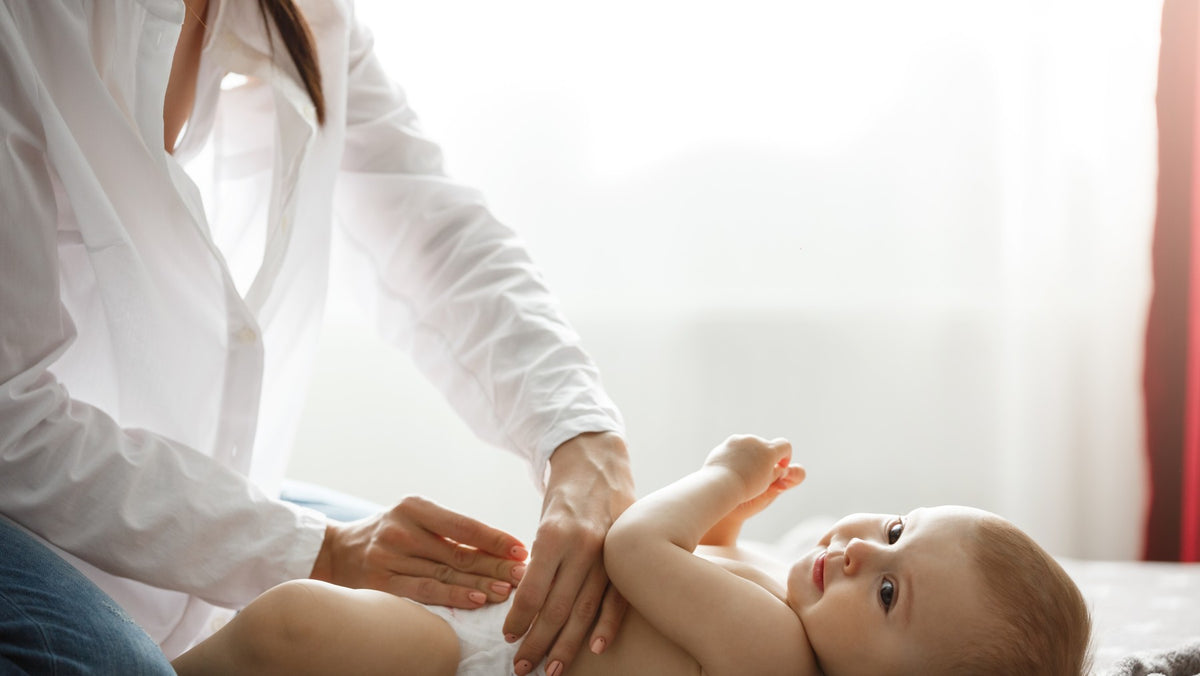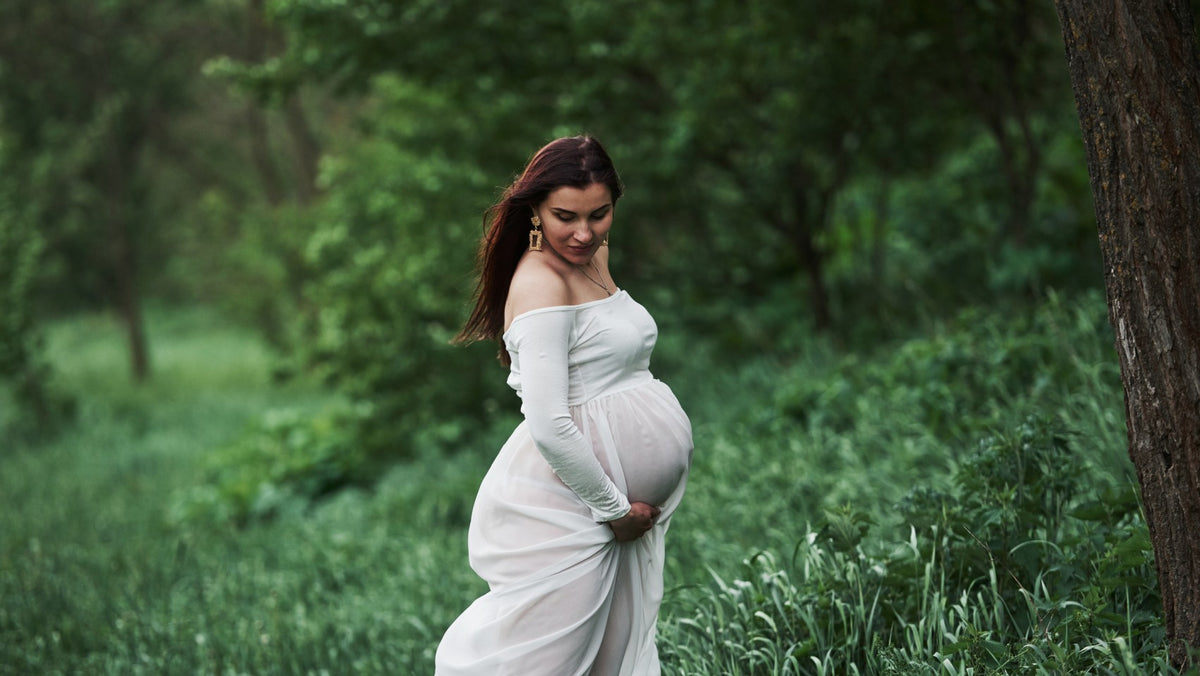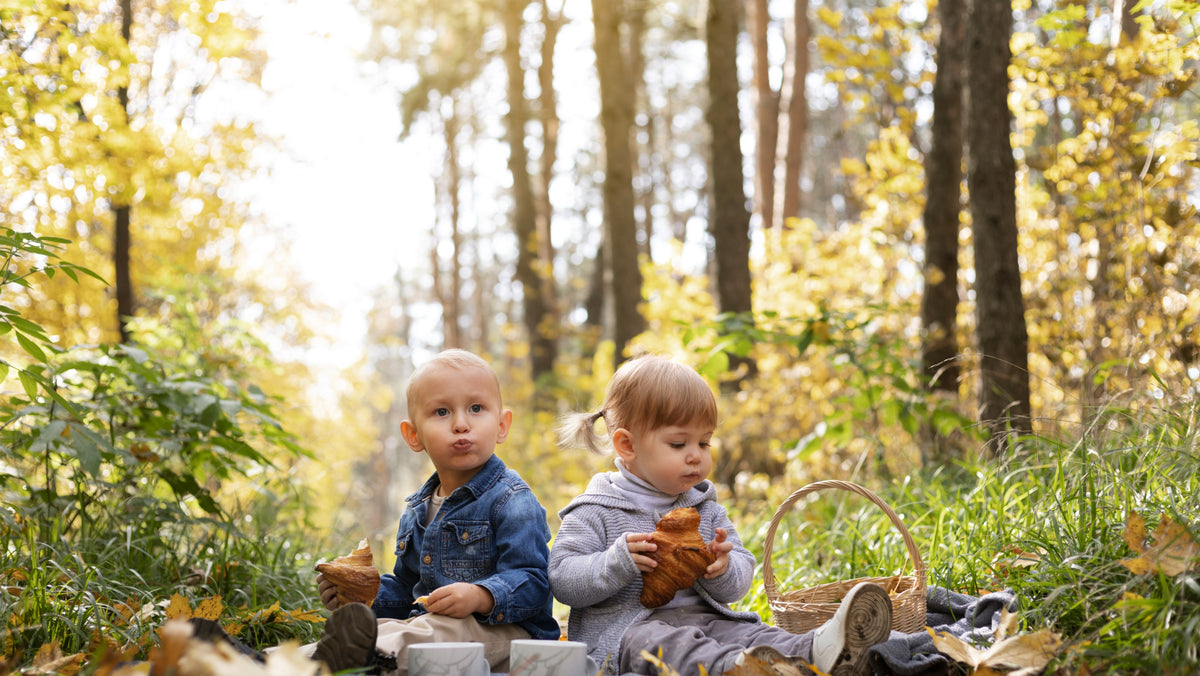THE CARBON FOOTPRINT IMPACT OF BABY PRODUCTS

Introduction
When you become a parent for the first time, your concerns are limited to choosing products that prioritise the baby’s comfort and are convenient for you. At this point, the environmental impact of these products is most likely the last thing on your mind. However, baby products are quite well-known for harming the environment and this is due to their carbon footprint.
What is a carbon footprint? Simply put, it is the total amount of greenhouse gases produced by an individual or a product. It is the environmental impact left by our daily activities. Certain baby products have a large carbon footprint which leads to them harming the environment.
This blog will explore more about how this occurs and what we can do to prevent this from causing a lot of damage.
Understanding Carbon Footprint in Baby Products
Let’s begin by understanding what are baby products. From diapers and baby food to clothing and toys - baby products cover a vast spectrum. It is important to understand the environmental impact so that you will be able to start your journey to sustainable parenting.
There are numerous types of baby products - diapers, baby food, and clothing are the most important and broad types. Each type of baby product has its carbon footprint. This can be seen in the life cycle of the baby product. The life cycle of a product is the environmental toll it takes from the procurement of raw materials and manufacturing to transportation and disposal. Let’s take a closer look at the footprints of the most common baby products.
The Carbon Footprint of Common Baby Products:
As previously mentioned, the types of baby products can be broadly divided into diapers, baby food, and clothing. Each of these types has products that are bad for the environment while also having sustainable alternatives. Let’s take a look at them:
Diapers
-
Disposable diapers
Disposable diapers are the most common form of diaper used by parents as they are extremely convenient. However, they contribute significantly to landfill waste while taking a massive amount of resources to produce.
A disposable diaper contains a superabsorbent polymer. While this polymer is very useful in the sense that they allow the diaper to absorb a lot of liquid it is extremely toxic to the environment and to the body.
Furthermore, the production process of this diaper uses billions of gallons of fossil fuels every year. You can learn more about it here.
-
Eco-friendly alternatives
There are numerous eco-friendly alternatives to these diapers. You can use cloth diapers or even biodegradable nappies. Cloth nappies are sustainable in that they will reduce the overall waste of your house while reducing the carbon footprint.
Eco-friendly nappies are becoming more common as people are becoming more aware of the damage they are causing to the environment. It is also important to source them from a place that has good-quality eco-friendly products, like Little & Brave. Our eco-nappies are made of biodegradable materials and are composted by us in our plant. You can learn more about this process and how it works over here!
Baby Food
-
Commercial Baby Food
It might not seem like commercially produced baby food is damaging to the environment but it is. A single kilogram of powdered milk for babies requires almost 4,000 litres of water. Baby formula has to be produced, packaged, shipped, and distributed - each of these increases the carbon footprint exponentially.
-
Homemade Baby Food
On the other hand, we have breastfeeding. This is an all-natural way of reducing the impact. However, this is not a universal solution so homemade baby food is always recommended. You will not only save a lot of money but will know that the food that your child is consuming is made from organic, local, and fresh products. It will also reduce the damage caused by the containers the baby food comes in.
Clothing
-
Impact of Baby Clothing Production
Billions of kilograms of clothing are thrown away every year and much of that is children’s clothing. This is usually because children grow out of their clothes so fast that new clothes have to be bought very frequently. This further results in parents throwing away the old clothes as they are no longer needed.
The clothing thrown away ends up in landfills and then contributes to the release of greenhouse gases as the clothes are usually made up of synthetic materials that are hard to decompose. Furthermore, these clothes can leach toxins into the soil and water supply.
-
Sustainable Fabric Choices
We recommend donating the clothes that are no longer needed as most of these clothes will be as good as new due to lack of wear. In case you are looking to buy clothes for your baby, we recommend buying them second-hand. As previously said, these clothes will be brand new as babies grow fast and hence outgrow the clothes in a few months.
An effort should be made to buy clothes made out of materials that are organically produced and eco-friendly instead of buying clothes that simply look good. These organic materials are usually extremely soft and gentle to the skin of your baby.
Challenges and Barriers
-
Economic Considerations
While becoming eco-friendly is the right thing to do, it is often very expensive to sustain. A lot of parents simply cannot afford to choose sustainable options. This is because eco-friendly options are usually pricier. However, using sustainable products is essentially an investment in the future of your child as they will heal the damage wrought on the earth.
-
Lack of Regulation and Standards
Another deterrent for people is that there are no clear regulations and standards set in place. This makes it very hard for people to know how to gauge if a product is properly eco-friendly or if it is just another sham. It also makes it a lot easier for companies to find loopholes and use them to their heart’s content.
-
Consumer Education and Awareness
When it comes to the world of parenting, you are exposed to a world of information. So, when you are given so much information at one time it can be very hard to remember that you need to choose the eco-friendly option.
This is why consumer education and awareness play a vital role. Informed parents take one step closer to a sustainable lifestyle as they will be able much harder to fool.



